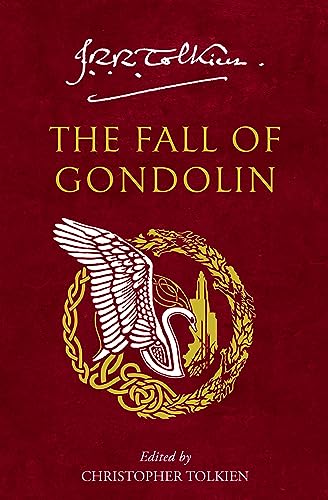Discuss Letter from J.R.R. Tolkien to John Johnson on 14 February 1921
16 Oct, 2023
2023-10-16 1:39:47 PM UTC
2023-10-16 1:39:47 PM UTC
Letter link: Letter from J.R.R. Tolkien to John Johnson • 14 February 1921 (#1612)
Hello folks. I hope that one of the fine medievalists, or indeed inspired amateurs could help me understand a little something. In this letter, Tolkien had argued against Sisam on the subject of normalizing texts in the 'Middle English' series. Sisam was against it, and Tolkien in favour. He says that if not normalized, it would "fall on the “glossarist”, who spends endless time (and space) recording forms that could be eliminated and still leave the printed text perfectly Middle English (and intelligible to the scribes and editors if resuscitated)".Chronology, p. 124. Hammond/Scull[1] But later in the year Letter from C.T. Onions to J.R.R. Tolkien • 16 August 1921 (#1613)[2] takes the opposite view over Sir Gawain.
E.V. Gordon had pleaded with Sisam Letter from E. V. Gordon to Kenneth Sisam • 10 November 1923 (#1620)[3] for an increased page count, and Sisam did agree to an extra 40 pages. Letter from Kenneth Sisam to E.V. Gordon • 13 November 1923 (#1622)[4] Gordon says that they will reduce the glossary as much as they can but it will require 50 pages.The glossary ended up being 75 pages.[5]
Can anyone enlighten me on the distinction Tolkien is making (if any) between other 'Middle English' texts and Sir Gawain? What makes Sir Gawain a special case, with respect of the glossaries?
Did timing perhaps play a part in this attitude?Tolkien was after all struggling to complete the glossary for Sisam's Fourteenth Century Verse & Prose at that time.[6] Did Tolkien in fact hold this view, or did it simply suit his mood given his troubles on a glossary that when finally delivered, would be delivered late and miss the publication it was intended for?
Thanks all.
Hello folks. I hope that one of the fine medievalists, or indeed inspired amateurs could help me understand a little something. In this letter, Tolkien had argued against Sisam on the subject of normalizing texts in the 'Middle English' series. Sisam was against it, and Tolkien in favour. He says that if not normalized, it would "fall on the “glossarist”, who spends endless time (and space) recording forms that could be eliminated and still leave the printed text perfectly Middle English (and intelligible to the scribes and editors if resuscitated)".Chronology, p. 124. Hammond/Scull[1] But later in the year Letter from C.T. Onions to J.R.R. Tolkien • 16 August 1921 (#1613)[2] takes the opposite view over Sir Gawain.
E.V. Gordon had pleaded with Sisam Letter from E. V. Gordon to Kenneth Sisam • 10 November 1923 (#1620)[3] for an increased page count, and Sisam did agree to an extra 40 pages. Letter from Kenneth Sisam to E.V. Gordon • 13 November 1923 (#1622)[4] Gordon says that they will reduce the glossary as much as they can but it will require 50 pages.The glossary ended up being 75 pages.[5]
Can anyone enlighten me on the distinction Tolkien is making (if any) between other 'Middle English' texts and Sir Gawain? What makes Sir Gawain a special case, with respect of the glossaries?
Did timing perhaps play a part in this attitude?Tolkien was after all struggling to complete the glossary for Sisam's Fourteenth Century Verse & Prose at that time.[6] Did Tolkien in fact hold this view, or did it simply suit his mood given his troubles on a glossary that when finally delivered, would be delivered late and miss the publication it was intended for?
Thanks all.








 34
34 25.47K
25.47K